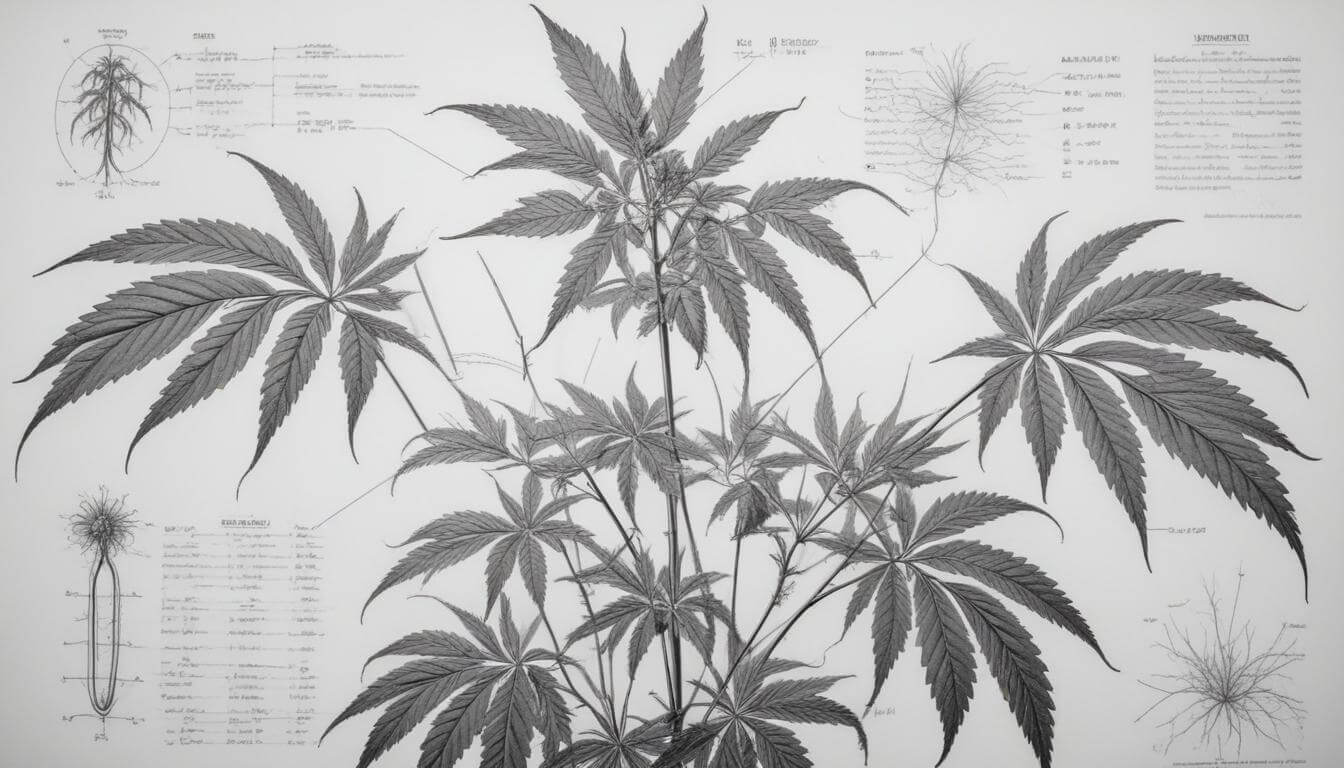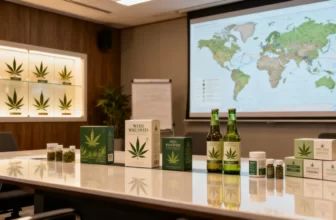Researchers are exploring innovative methods to clean up contaminated soils to tackle environmental pollution. One such promising approach is hemp, traditionally known for its industrial and commercial applications. This initiative has gained significant attention in Lillo, a Belgian village under Antwerp’s jurisdiction.
Understanding PFAS contamination: A persistent problem
PFAS, or per- and polyfluoroalkyl substances, are synthetic chemicals extensively used since the 1950s across various industries due to their water and grease-resistant properties. These chemicals have become ubiquitous in everyday products, from non-stick cookware to water-resistant clothing. However, the qualities that make PFAS invaluable also pose a significant environmental threat due to their resistance to degradation.
One of the most troubling sources of PFAS contamination is firefighting foam, which has resulted in substantial pollution in areas like Lillo. The severity of this issue was highlighted when studies as part of a tunnel project revealed that 3M had released high levels of toxins into the local environment, triggering public outrage and leading to cleanup costs estimated at $30 billion.
The Lillo initiative: Hemp as a solution to soil contamination
The community of Lillo, supported by researchers from Ghent University and local officials, has embarked on an experimental project to gauge the effectiveness of hemp in extracting PFAS from contaminated soils. This initiative is a compelling alternative to traditional remediation techniques, such as soil excavation and incineration, which can be disruptive and costly.
Bart De Wever, mayor of Antwerp and head of emergency services, recognizes the dual benefits of this approach. “The plant is not only good for our circular economy but also has the potential to extract PFAS from contaminated soils,” he noted. By absorbing PFAS into their leaves and stems, hemp plants offer a less invasive method to address soil contamination. Remarkably, the parts of the plant that absorb PFAS can be safely destroyed while the rest remains usable for other industrial purposes, enhancing the economic viability of the technique.
The potential for widespread application
Should the Lillo project prove successful, it could revolutionize how communities worldwide approach PFAS contamination. Some experts believe this method could pave the way for broader implementation, potentially becoming a global standard. For instance, the United States Environmental Protection Agency is already preparing to classify certain PFAS-based chemicals as “hazardous substances,” necessitating stringent reporting and allowing aggressive pursuit of polluters for remediation costs.
Routes of human exposure to PFAS
The persistence and extensive use of PFAS have led to significant environmental contamination, resulting in human exposure through various channels. Understanding how these chemicals reach humans helps underscore the importance of initiatives like Lillo’s.
Contaminated water sources
One primary pathway for PFAS entering the human body is contaminated drinking water. These chemicals can infiltrate groundwater near industrial sites, firefighting training areas, and landfills. In affected communities, PFAS contamination can extend long distances, making clean drinking water a significant concern. As the U.S. Environmental Protection Agency highlights, the resilience of PFAS in water sources poses a severe risk, impacting numerous communities’ supplies.
Food and personal care products
PFAS contamination extends to food packaging materials designed to resist grease and water. Livestock may also ingest these chemicals via contaminated feed and water, leading to their accumulation in meat, milk, and eggs. Similarly, fish and other aquatic animals in polluted waters accumulate PFAS, posing risks to seafood consumers.
Indoor air pollution adds another layer of exposure, especially in homes using products treated with PFAS, such as stain-resistant carpets, upholstery, and water-repellent clothing. Some personal care items—including waterproof mascaras, eyeliners, sunscreens, and shampoos—contain significant amounts of PFAS.
Occupational hazards
Professionals in chemical production and those handling PFAS-treated materials face elevated exposure risks. Firefighters, in particular, encounter exposure through the use of firefighting foams containing PFAS, which can lead to inhalation and skin contact. Workers in textile and leather industries also remain at higher risk due to the direct handling of PFAS compounds.
The future of PFAS remediation
Addressing the pervasive issue of PFAS contamination requires concerted efforts involving scientific innovation, regulatory measures, and public awareness. Initiatives like the one in Lillo provide a glimpse into the future possibilities of cleaner, greener alternatives for dealing with persistent environmental contaminants. As the adoption of such methods grows, they could significantly influence global strategies against chemical pollution.
With ongoing research and experimentation, the dream of effectively mitigating PFAS contamination through sustainable means becomes more attainable. Communities everywhere stand to benefit from the reduced health risks and enhanced environmental quality offered by pioneering solutions like using hemp in soil remediation.
The journey towards a PFAS-free world may be long, but each step forward—like the Lillo project—brings us closer to achieving that goal.





